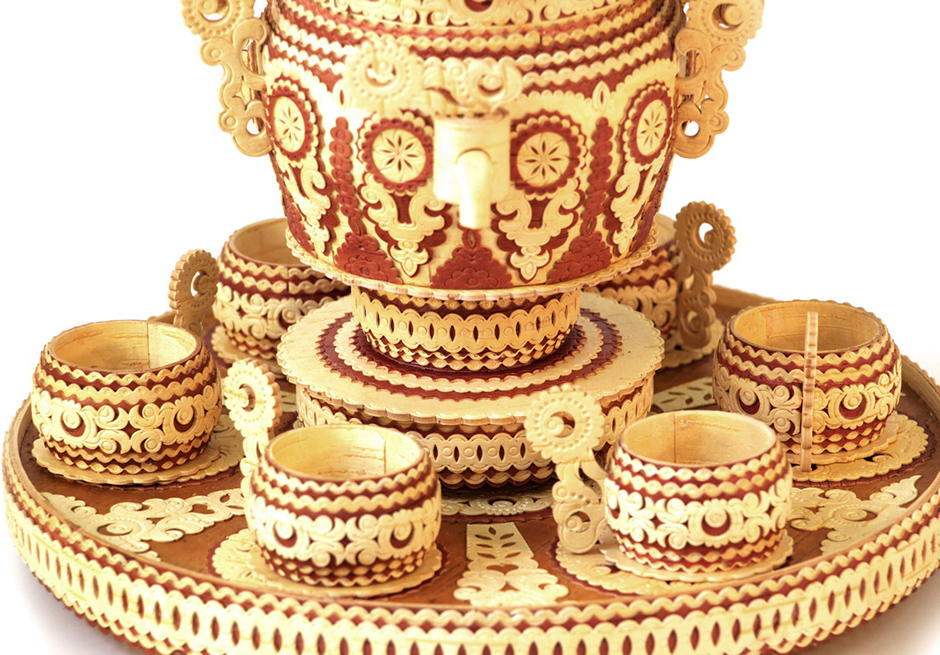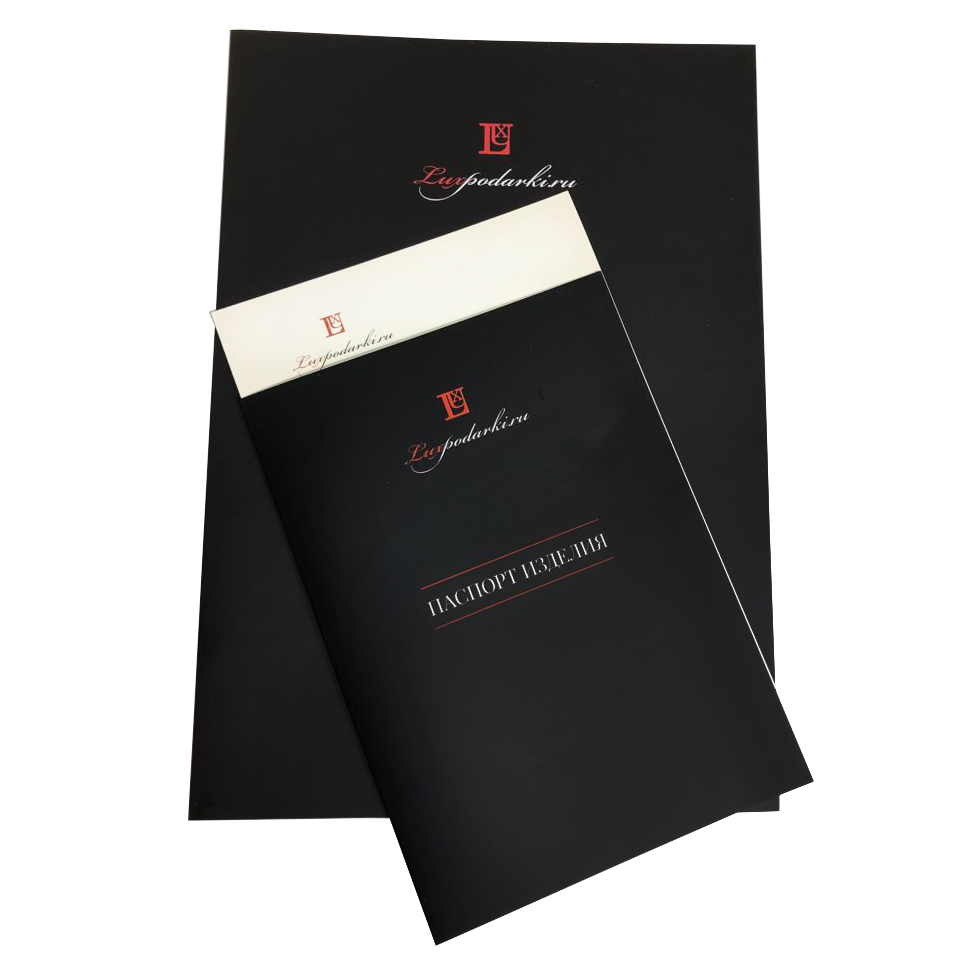Birch bark manufactories

Birch bark manufactories: origin, traditions, modernity.
Birch bark is a unique natural material from which our ancestors made everything necessary for life. Without birch bark, it was impossible to imagine Slavic life in the past centuries, when no one had heard about scientific and technological progress. If there is birch bark, then there will be clothes, shoes, accessories, furniture, kitchen utensils, toys and a roof over your head. People lived well near birch groves, as they were provided with everything necessary for life. They slept on birch bark, dressed and put on shoes in birch bark, stored food in it, decorated houses with it and made boats. My whole life was spent surrounded by birch bark, so birch bark manufactories grew like mushrooms after rain. The most interesting thing is that even now, in the age of iPhones and iPads, this material does not lose its relevance – I wonder why?
How people discovered birch bark: the origin of the birch bark industry
Birch bark is called creamy pink layers of birch bark, which are hidden under the outer white layer. This durable and flexible material, which does not leak water and does not rot, contains silver ions, which provide it with bactericidal properties. If we consider that birch bark relieves headaches, reduces blood pressure and heals the whole body, it becomes clear why they made baby cradles out of it, sewed sundresses, hats, bast shoes and boots, made roofing, wrote letters on birch bark paper, made containers for storing cereals, meat, fish, dairy products and honey, alcoholic beverages birch bark kits. Fresh milk in a birch bark bottle did not sour in the midday heat, and the house, insulated with birch bark, was not afraid of any frosts.
Birch bark was harvested in the early days of summer, when it is the softest, most flexible, juicy and easily separates from the bark. If done correctly, the next layers of the tree trunk are not damaged, and the birch is quickly restored.
Birch bark products were made in several ways – from solid birch bark in the form of a cylinder (cleft), from whole pieces of birch bark fastened together, from braided birch bark, as well as from pieces of birch bark sewn with the root of spruce, willow or pine.Despite the fact that birch bark products do not need additional decoration due to the picturesque velvet texture, folk craftsmen decorated them with carvings, embossing, painted with beautiful patterns and decorated with stones.
Birch bark manufactories in Russia
The first enterprises for the creation of birch bark products appeared in the XVIII century – at the same time, technologies for processing and decorating birch bark began to develop and improve. One of the very first factories was located in the Shemogoda parish near Veliky Ustyug, and the local birch bark, decorated with stylish ornaments, was famous throughout Russia. Caskets, hatboxes, travel bags, tuesques, dishes, tea pots, tobacco pots, coffee sets, cigarette holders and damask were made from slotted birch bark, most of which were sent abroad.
Birch bark factories were opened in Vyatka and Vologda provinces for the production of canes and canes, which were bought up with pleasure by wealthy citizens. Olonets manufactories specialized in ropes and horse harness made of birch bark, and small enterprises of Lodyginskaya, Volosovskaya and Nifontovskaya volosts supplied tues to city fairs on an industrial scale.
A huge factory was located on the Chusovaya River, which was considered the largest center of birch bark crafts in the Kama region, where tuesas with embossed ornaments, decorative paintings and transfer pictures were made. In Tomsk and Tobolsk, in addition to tuesas, craftsmen made "pussies" - woven carpets made of birch bark, protecting from rain. Siberians also specialized in birch bark handles for knives, floats for fishing rods and fishing nets.
In pre–revolutionary Russia, about 120 thousand craftsmen were engaged in the borage (tuesov) craft - this occupation was considered a source of good earnings and brought income to the Russian Empire.
How modern birch bark fishing became an art
The modern centers of birch bark fishing are, of course, Veliky Ustyug, the north of Russia along with Arkhangelsk and Yakutia, Novgorod, Vologda, Yaroslavl, the Urals and Siberia (Tomsk and Novosibirsk). However, the revival of birch bark art began only in the 70s of the last century, when a new generation of craftsmen appeared who not only followed ancient traditions in processing birch bark, but reinterpreted them, creating new technologies and forms, using non-standard materials and decorations. For example, modern Yakut craftsmen decorate birch bark products with beads, horsehair, willow rods and metal elements. Ural craftsmen for the first time began to putty birch bark, making tuesas, vessels and caskets imitating jasper, malachite and other semi-precious stones. The products of the birch bark workshop "Sonmishche" from Kuzbass are famous for the quality and originality of their products – Siberian craftsmen make custom household utensils, musical instruments, jewelry and decorative panels using color tinting, embossing, braiding, and watercolor painting.
Many craftsmen paint the curtains (after pre-priming) with oil paint, tempera and gouache, after which they cover the product with varnish. Very popular technologies are openwork carving superimposed on a background of multicolored textiles, foil and paper, engraving by burning and scraping, laser cutting and applique. Thus, birch bark crafts have become one of the directions of art, and accessories and household items made of birch bark, which are "hunted" by foreigners, have turned into elite gifts and souvenirs.
In some villages, birch bark is still used instead of roofing material in order to save money, and this roofing has been used for more than forty years, despite rains, snows and frosts. The preservation of birch bark traditions and the abundance of birch in our forests is immensely pleasing, because if we all have to return to the Stone Age, then we will feed on birch bark!







